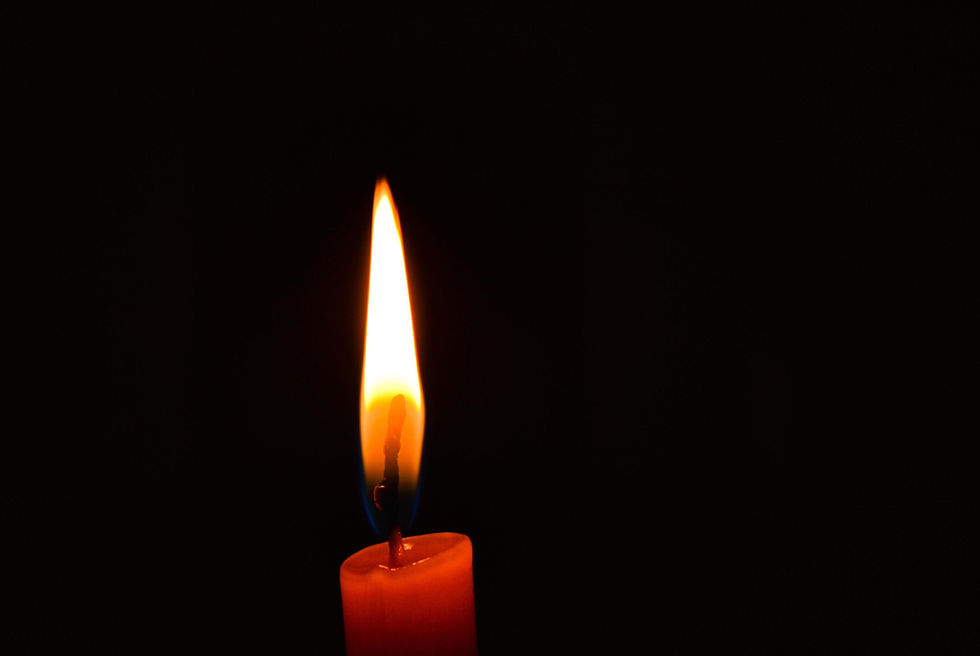Ring Theory
- Andie Kantor
- Nov 10, 2021
- 3 min read
Updated: Sep 23, 2022
On a Zoom with Book Seller and Teacher Librarian, Book Seller mentioned that he had a friend who was upset easily when reminded of a time when he was in pain. She got so upset at the mention of it, and how she could not help him, that she would cry. This would then upset him, because he was the one who had the surgery in the first place and her response made him uncomfortable, so I told him about ring theory.

Ring theory honors and protects people in trauma by providing a clear direction for their friends and loved ones to go with their feelings about it, without upsetting the traumatized person even more. It also creates a community of aware and caring people, which is definitely a space I want to live in.
Ring Theory is simple. Think of one person, let’s say your friend Kiana went in for a mammogram and they found a lump. This freaks you out because not only did your grandparent have breast cancer, but you know that Kiana also has a family history with it, too. You need to talk about it--you're upset--because you yourself are triggered and so worried about your friend. But it is Kiana who is in crisis, so you choose to not talk to her about your issues, you go to your other friend, Tamar, who may or may not know Kiana--and you tell Tamar about it. You stay away from Kiana and her family and her close friends with this, and stick to Tamar. What you do tell Kiana is that you love her, you’re there for her, and since we are in quarantine from Covid, you send postmates over with some of her favorite snacks.
This allows Kiana to focus on her own trauma without being responsible for yours--and also feel supported by you. At the same time, it allows you to be authentic and vulnerable with Tamar, which will deepen your relationship with her.
Imagine concentric circles with Kiana in the very center. The first circle, the one that is closest to her contains her partner, children, parents. The next one out contains her close family and friends. The next one, her acquaintances and coworkers. The next one her social media friends, and so on. You put yourself in the acquaintance category for Kiana. So you turn your care and love inwards, on Kiana’s close family and friends, her children, partner and parents, and Kiana. You can turn your grief out to anyone on the outside of the concentric circles where you are in Kiana’s life--including your friends and your therapist.
Think comfort in, towards the center and those who need it most, and dumping out, towards the outer rings. In every situation we comfort the people who need it more than we do and we lean on those who support us.
I want to acknowledge that the scenario I just took you through assumes that what I described was Kiana’s circle of love. This is not the same for everyone; please honor the circles of the person with the trauma.
Ring Theory requires us to be aware of others and to pay attention to who is in trauma versus who is triggered in any given situation. It also requires us to be mindful of where we stand in the lives of others, and who else stands where. It offers a supportive, empathetic environment for us to actually be able to lean on each other.
We need caring people to actively be aware of what others are going through while actively monitoring and being aware of their own response to it. This kind of loving community starts with me and it starts with you. If we all do our part, like the little trees we are, the whole world will improve. And wouldn’t it be wonderful to be a part of that?




Comments